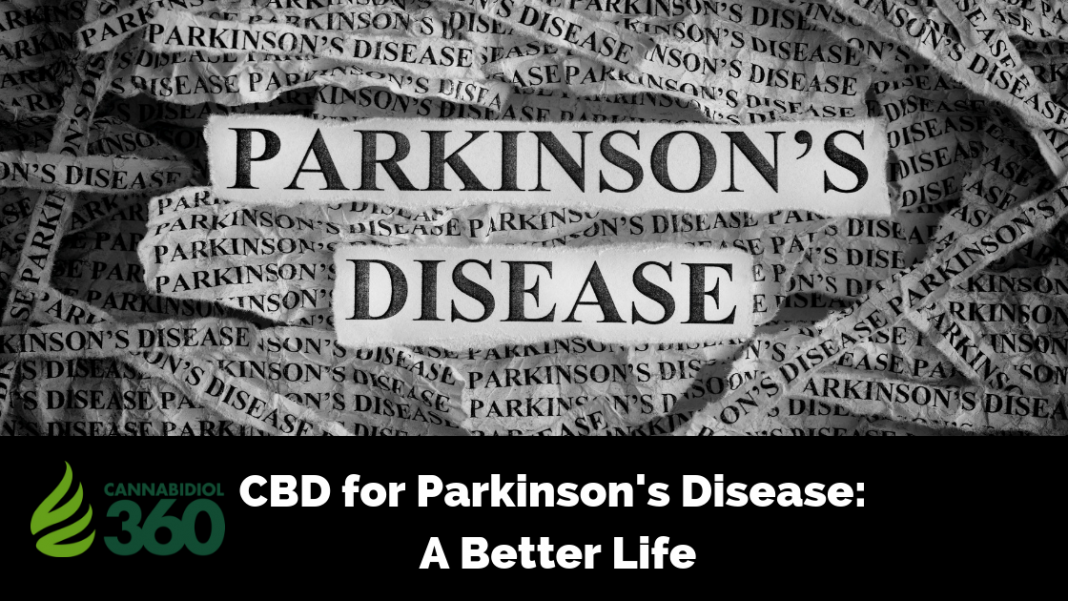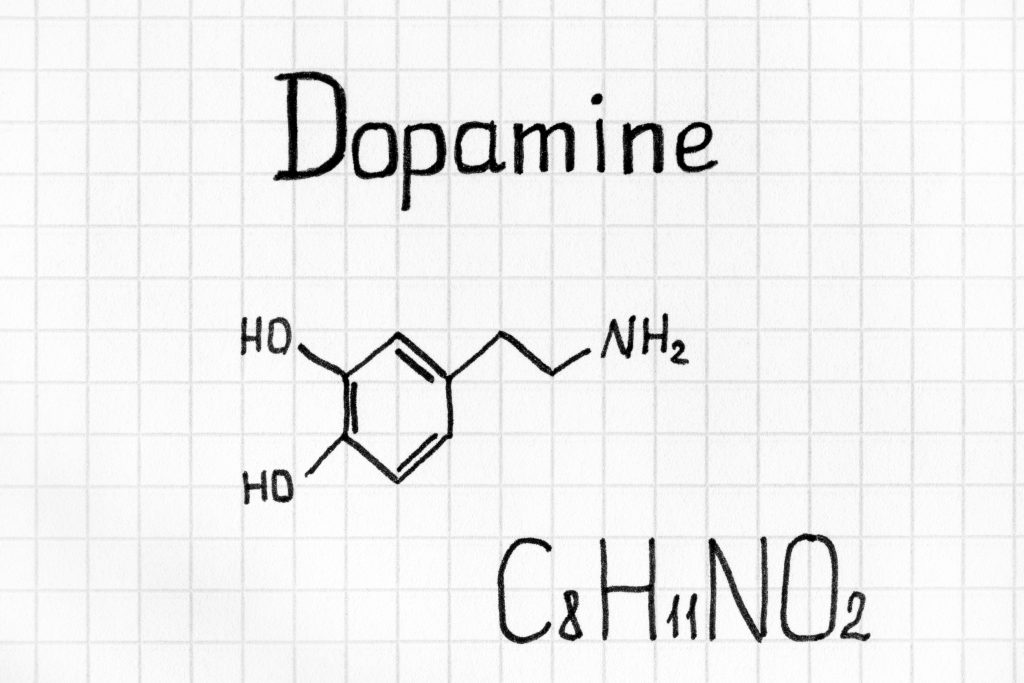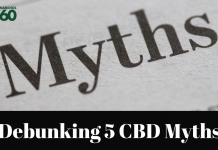
When a person suffers from Parkinson’s, the diagnosis will usually be made pretty late into the condition.
This is because the symptoms only start to show once the dopamine-producing neurons in the Substantia Nigra start to die.
Scientists are looking to find biomarkers that will enable early diagnosis so that a better quality of life is achieved during treatment. Currently, Parkinson’s is not treatable, the medication is meant to manage symptoms.
The disease escalates gradually as neurodegeneration occurs slowly over time. There are stages as measured by the Hoehn and Yahr scale. It measures from 0-5. Zero being no Parkinsonism at all and five being the highest possible level.
Stages of Parkinson’s Disease
The first stage of Parkinson’s is characterized by very mild symptoms. The symptoms do very little to interfere with life and regular activities. Stage one symptoms can be easy to miss. Slight tremors and possible facial expression are common symptoms in stage one.
The second stage is worse. People have experienced rigidity and symptoms from the first stage worsen. However, those with parkinson’s are still quite independent and may continue to live alone.
The third stage is considered the turning point into worse. There is a loss of balance and slow movement, along with trouble eating and dressing. Due to the loss of balance, falling down can be very common at this point.
The fourth stage is severe and very limiting. At this point, it becomes very difficult and dangerous for someone with parkinson’s to live alone. It becomes increasingly difficult to walk on your own and a walking device is needed. If arrangements for stage five have not been made yet, they should be made at this point.
Then stage five. At this point those suffering will be bedridden and need a wheelchair to get around. Even the non-motor symptoms get significantly worse at this point. Hallucinations and delusions will most likely color life from this point on.
Younger Sufferers
Usually, the symptoms start to show after 50 years of age. In some cases, one may experience early onset Parkinson’s. Up to 10% of Parkinson’s patients have experienced early onset symptoms. It is gut wrenching that the life of a young person at their prime could be yanked right from under them.
There is also juvenile Parkinsonism. This is characterized by tremor, rigidity, and bradykinesia. Studies have shown that people who have had Parkinsonism passed down to them suffer these two types.
However, it is said that people with early-onset respond better to meds due to neuroplasticity.
Motor Improvement
Every single part of the body is connected to the brain. Without the brain, the body does not move. The brain is the center of all activity.
Due to abnormal brain activity in Parkinson’s patients, they experience motor dysfunctions. They move slowly and they have tremors as well as experiencing stiffness.
They have trouble maintaining balance. Sufferers will have trouble chewing and swallowing because the muscles just will not do what is required, even the posture is affected. This is all due to the dying neurons.
Among the meds prescribed to Parkinson’s patients, is a regimen that helps with the dopamine break down. Yet, these drugs have terrible side effects.
Pre-clinical and clinical studies involving lab animals have been conducted to look into the efficacy of cannabinoids for PD dyskinesias.
One preclinical study found that cannabinoids interacted with the adenosine and 5-HT receptors to improve motor impairment. It was also found that through manipulation of another receptor, cannabinoids have an antidyskinetic property.
Two published surveys, involving many PD patients, were aimed at finding any possible use for cannabis for PD patients. The survey participants said that both motor and non-motor symptoms were relieved upon the intervention of cannabinoids.
A small open-label study found that within thirty minutes of administration cannabis eased symptoms like tremors, rigidity, bradykinesia, pain, as well as helping to improve sleep.
Non-Motor Improvement
Dopamine is the hormone produced when you engage in a fun activity like sex or eating. Dopamine is a hormone that makes your body feel good so, when it is in short supply the brain experiences less and less joy.
Low levels of dopamine could lead to depression and mood swings. Parkinson’s is known to also bring about cognitive issues.
All these symptoms can knock anyone down even without low dopamine levels. For that reason, PD patients also get a round of antidepressants as part of the treatment course.
CBD interacts with the necessary receptors for production of anandamide. Anandamide being the bliss molecule helps ease depression and mood disorders.
A certain 4-week study was conducted to look into CBD for Parkinson’s induced psychosis. Two scales were considered, the Brief Psychiatric Rating Scale and the Parkinson’s Psychosis Questionnaire.
It was found that both measures improved upon administration of CBD. The patients experienced fewer hallucinations and delusions common in stage 5.
If symptoms in stage 5 can be improved then there is hope yet. Patients have a better chance of living a better quality of life regardless of the Parkinsonism stage they are in.
Induced Neuroplasticity
Neuroplasticity is a word that describes the brain’s ability to use healthy cells to restore connectivity lost by the dead ones. This is done through axonal sprouting. The undamaged cells grow nerve endings and help repair compromised communication. It is kind of like a rewiring of the brain.
This will enhance attention span, improve dystonia, and reduce bradykinesia. Exercise-induced neuroplasticity is a novel approach to Parkinson’s treatment. Research has revealed that CBD can help with neuroplasticity in different settings.
In 2016, a lab mice study found that CBD helped stimulate neurogenesis and promoted neuronal rearrangement of the hippocampus.
Research done at the Hebrew University was presented at a cannabis therapeutics gathering in 2010. The narrative was that endocannabinoid tone is paramount for post-stroke neurogenesis. Neurogenesis and neuroplasticity are synergistic phenomena.
It has also been found that the anti-oxidative and anti-inflammatory properties of CBD enhance neuroprotection.
Even though sufferers of early-onset Parkinson’s experience more side effects, with youth, comes more neuroplasticity. The idea is to mirror some semblance of that in the more advanced brains.
Drug Side Effects
Levodopa is a common drug prescribed to patients for dopamine deficiency. It has been found to induce dyskinesia despite being so necessary. Some have found that CBD can help with that condition.
CBD also has antiemetic properties. Nausea and vomiting are other prominent side effects of PD medication.
A small case study found that CBD helped with Parkinson’s induced rapid eye movement sleep behavior disorder. A six-week trial found that many patients’ lives improved upon administration of CBD.
Very Real Relief
80% of Parkinson’s patients have used cannabis or are using. A substance so popular has to be effective, right?
Despite the popularity, CBD is still a very difficult substance to research in the Parkinson’s setting. There are multiple hurdles barring conclusive evidence of efficacy.
At the very least, CBD can be applied as an adjuvant. It can help the action of dopaminergic drugs and exercise-induced neuroplasticity among other treatment regimens.
Very little is known about the cause of Parkinson’s. It is suspected to be a genetic mutation or some environmental factor. However, the mini-studies and tones of testimonials show that the efficacy of CBD is not speculative, there is definitely something there.












